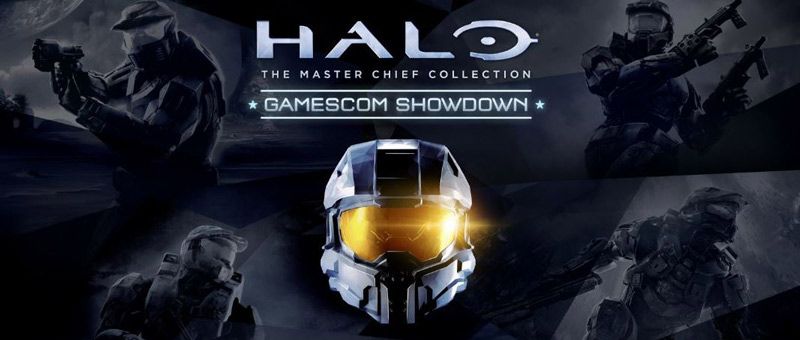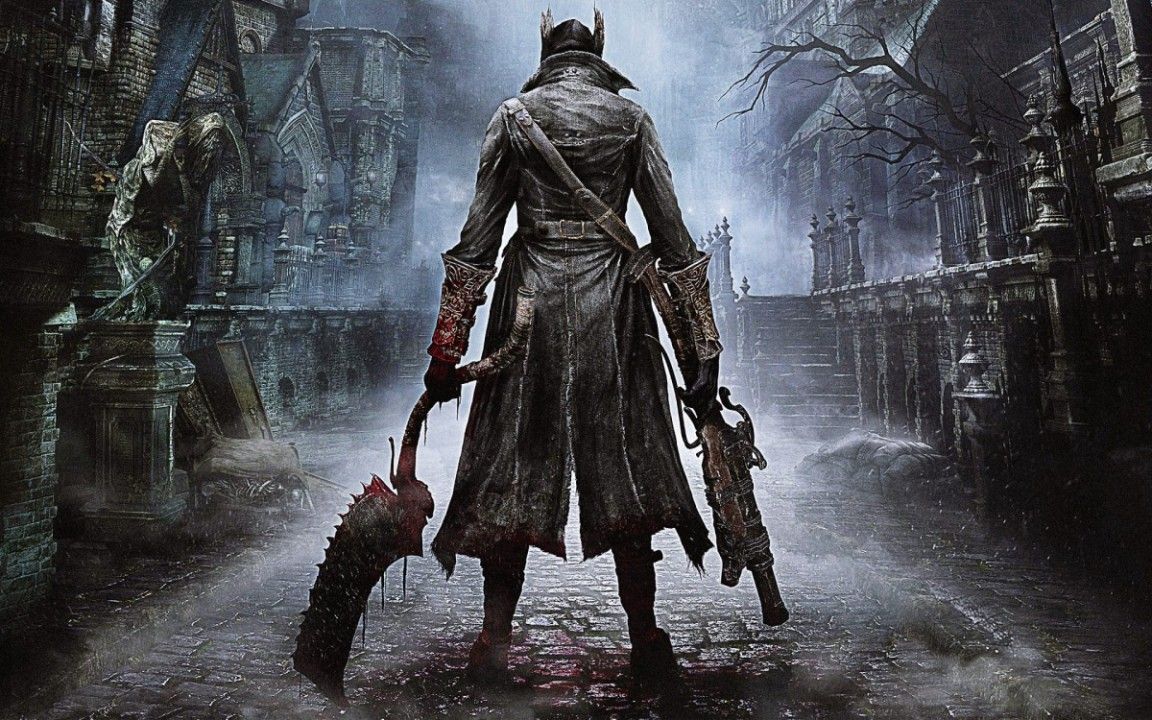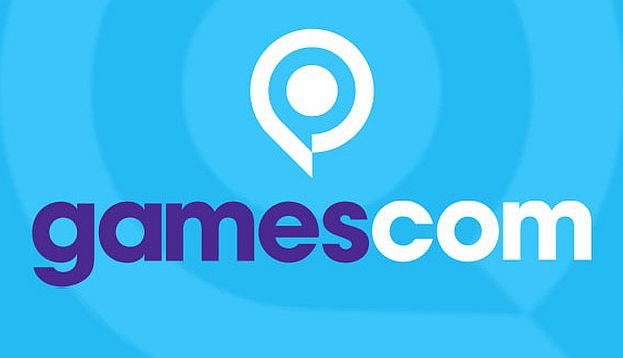Just a couple of months past the Electronic Entertainment Expo (E3), Gamescom in Cologne, Germany is another chance for major game companies to garner some media attention and get the gamers fired up for the next wave of game releases. Gamescom is significantly different from E3, because while it does offer a trade-only day, the show is primarily focused on consumers – and last, 340,000 eager gamers stormed through the show, an astonishing number. This is the first chance for many of these upcoming games to actually encounter gamers in the wold, and get their unfiltered hands-on impressions of the games.
Those hands-on impressions, if properly conveyed by marketing back to the product development teams, will no doubt cause some long meetings and plenty of new punch lists for adjustments that need to be made to games. No game design survives contact with the gamers, as Clausewitz would have said if he designed games instead of ordering armies about.
Both Sony and Microsoft had similar events, staging them more for the video audiences at home than for the fairly small crowds in actual attendance. Nintendo chose to pass on the chance to address the media directly, much as they did at E3. That’s probably for several reasons, with the most obvious being that Nintendo has no big news to announce — so why spend the money and effort to impress the media when you don’t have much to impress them with
Activision chose not to hold its own media event, much as it did at E3, again spreading its efforts between Microsoft and Sony. Microsoft got Call of Duty: Advanced Warfare to promote, and Sony got Destiny. Both companies will have system bundles customized for an Activision game, with a Call of Duty Xbox One that will have a 1 TB hard drive and a custom controller that will sell for $499, while Sony has already announced its white PS4 Destiny bundle for $449.

Microsoft actually talked about three different Xbox One bundles for the fall, with the Call of Duty bundle, a Sunset Overdrive bundle with a white Xbox One for $399 (essentially giving Sunset Overdrive away for free), and a Europe only FIFA 15 Xbox One bundle for €399. No doubt Sony will also get into some bundling action as the holiday approaches.
The biggest news at either press event was Sony’s announcement that 10 million PS4’s have been sold so far. “The installed base of PS4 has now exceeded 10 million units globally,” said Sony Computer Entertainment of Europe head Jim Ryan. “Just to be clear, that means 10 million sold through to consumers.” Microsoft, for its part, declined to mention any number of Xbox Ones sold so far, but it’s certainly lagging well behind Sony at this point. Still, now that the price difference has been erased, it’s going to come down to two factors: exclusive games and marketing.
As far as exclusive games go, both Sony and Microsoft had an impressive lineup of both completely exclusive titles, and of titles that have limited exclusive windows of an unspecified duration. Many of the indie titles that both companies pushed were listed as “appearing first on consoles for” either Xbox One or PS4.
The biggest exclusive surprise was Microsoft’s announcement that the next title in the Tomb Raider franchise, Rise of the Tomb Raider, will be exclusive to Xbox. That’s probably only for a certain period of time, but no details were forthcoming. Stillm this game isn’t coming out until holiday 2015, so it’s not going to have an impact on sales before then.
The most excitement from the crowds in attendance at the media events was for the Halo Master Chief Collection, which looks like it’s going to be the most important exclusive for either platform this holiday – at least in terms of selling systems. Microsoft has cleverly thrown in the Halo 5 Guardians beta as part of the package, so any Halo fan who hasn’t already grabbed an Xbox One is definitely going to get one before this packaged comes out. Every Halo game ever made, playable at 60 fps in 1080p resolution on the Xbox One, with all the maps ever created – over 100 mpas in all, with several of them redone in high-resolution graphics. You can play through the entire Halo series on an Xbox One, an irresistible draw for millions of Halo fans. Plus, Microsoft announced the Halo Channel, a place where all Halo content and interaction can live. Halo fans can practicaly eat, sleep and breathe franchise if they want to.

Perhaps as interesting as the wonderful games displayed and played at both presentations was what the companies didn’t talk about. The strange thing missing from the Microsoft presentation was the Kinect, which apparently has gone missing in action. Similarly, Sony ignored the PS Vita (though a couple of presenters mentioned it in passing, as in “a PS Vita version” will be available as well for a couple of games. In terms of new technology, Sony mentioned Project Morpheus, PlayStation Now, and PS TV as evidence of continuing innovation, though the only new detail forthcoming was that PS TV will be launching across Europe at €99. Otherwise, these all remain interesting ideas that you can’t buy yet.
Microsoft showed exclusives like Sunset Overdrive, Forza Horizon 2, Quantum Break, Fable Legends, Ori and the Blind Forest, and the newly announced ScreamRide. Microsoft’s Chris Charla showed off ID@Xbox efforts like Space Engineers, Smite, and Below. Sony’s array of games looked impressive as well, with The Tomorrow Children from Q-Games, Hollowpoint from Ruffian Games, Hellblade from Ninja Theory, and more looks at The Order: 1886, Little Big Planet 3, Bloodborne, Tearaway Unfolded for PS4, Housemarque’s Alienation, and Wild, the first title from Michel Ancel’s new side project, Wild Sheep Studio.
The visuals from all of these games were striking, but as Ryze showed us all too well, pretty pictures don’t necessarily mean a great game. Minecraft demonstrates the opposite case well: Not all visually unimpressive games are bad games — they might even be great ones. Don’t be surprised if some of these games that looked great in the trailers turn out to be much less exciting when you play them. In the end, that’s going to be the biggest challenge facing both Sony and Microsoft — keeping players from being disappointed at spending $60 on a game that isn’t very good. All the marketing in the world can’t change that.

